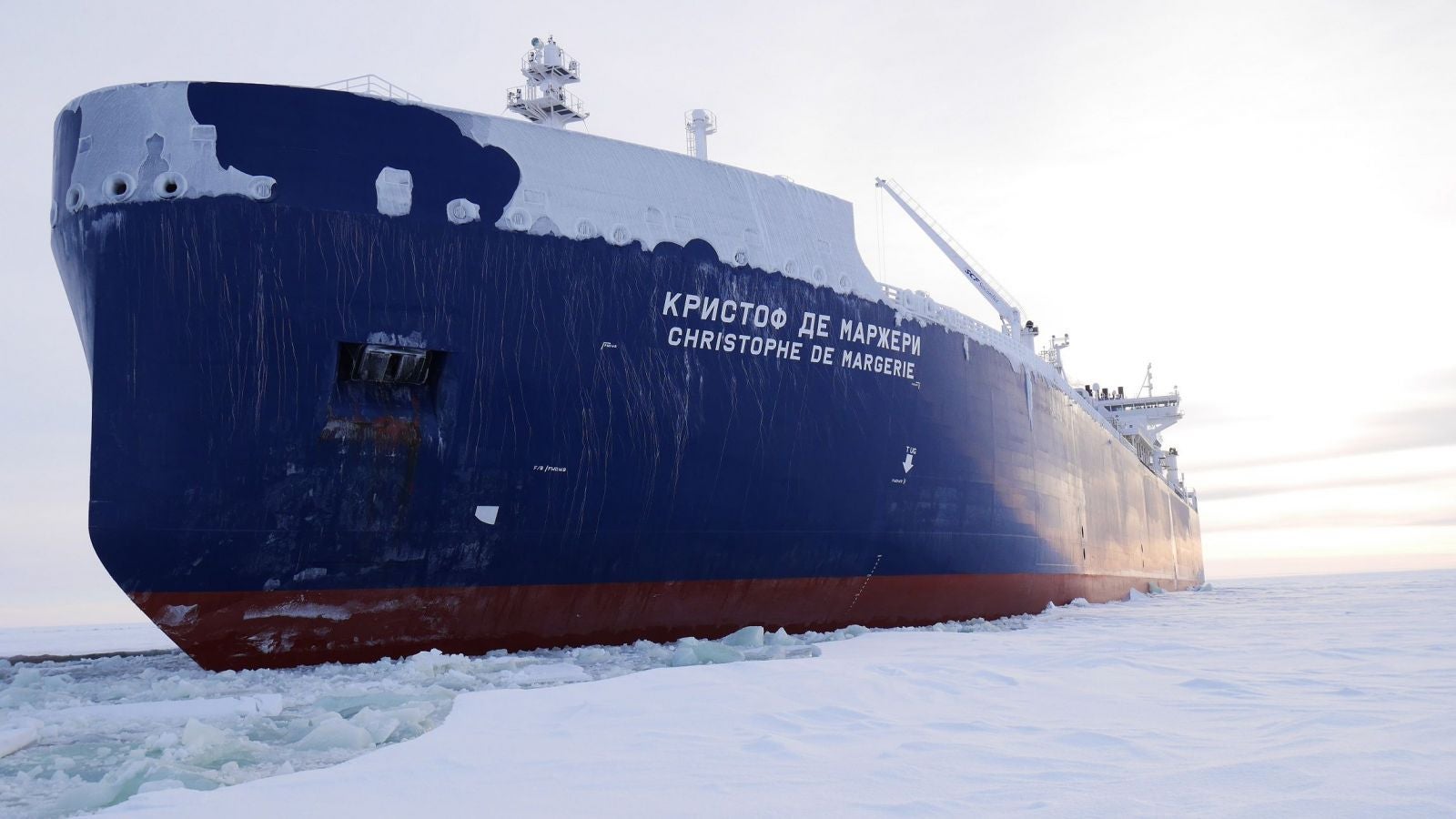Global warming means tankers can more quickly and cheaply ship fossil fuels across the Arctic
It’s a day of celebration for Sovcomflot. For the first time, the Russian shipping company’s specially built tanker was able to transport liquefied natural gas across the Arctic without an ice-breaker.


It’s a day of celebration for Sovcomflot. For the first time, the Russian shipping company’s specially built tanker was able to transport liquefied natural gas across the Arctic without an ice-breaker.
It’s also a day of mourning for environmentalists. For decades, they have been warning that rising global temperatures, which affect the poles much more than other parts of world, will melt Arctic ice. While this allows easier transport routes across the Arctic, it also creates the risk of oil spills in pristine environments and opens up fossil-fuel reserves that had remained out of reach previously, which will lead to more carbon emissions—and in turn more thinning of ice.
“This is the paradox of climate change,” said Ben Ayliffe, a campaigner for Greenpeace told CNN. “The fossil fuels we’re burning are allowing access into areas that were previously protected by ice.”
Though ships operating on the Arctic route require high insurance coverage and large fees, the savings on time of travel make it well worth it. The ship traveled from Norway to South Korea in merely 19 days—about 30% faster than the more commonly used route, through the Suez Canal. There will be some fuel savings in transportation, but this will also make natural gas slightly cheaper and thus incentivize burning it.
In 2016, the Arctic sea route saw 19 full transits from the Atlantic to the Pacific, but each used an ice-breaker for some parts of their travel. Sovcomflot is betting that Arctic ice will continue to thin in the years ahead.
“There is an assumption that the ice is not going to thicken dramatically for the economic life of these vessels, which could be over 30 years,” Bill Spears from Sovcomflot told the BBC.
Meanwhile, opening up the Arctic for oil and gas exploration and transportation may be a win for nations with control over the Arctic Circle—Norway, Sweden, Finland, Russia, Canada, Denmark, Iceland, and the US. But it is bad news for the world.